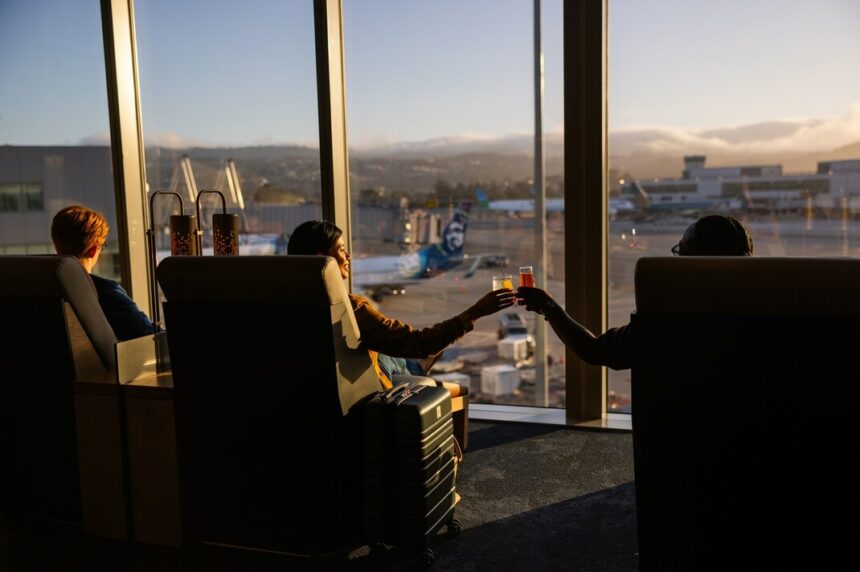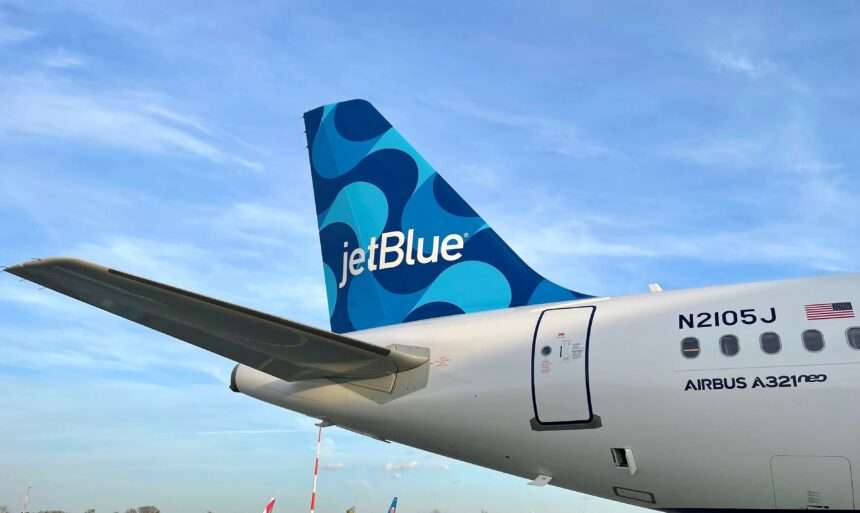San Jose International Airport (SJC), officially Norman Y. Mineta San Jose International Airport, boasts a rich history intertwined with the growth of Silicon Valley.
Once a dirt airstrip catering to small planes, it has transformed into a major international hub, serving millions of passengers annually.
This article explores the fascinating journey of SJC, from its founding visionaries to its present-day role as a vital transportation link.
The Seeds of an Airport: The Renzel-Nissen Partnership (1940s)
The story of SJC begins in the 1940s with the vision of Ernie Renzel, a San Jose City Council member.
Recognizing the potential of air travel, Renzel championed the development of a municipal airport.
He spearheaded a bond measure in 1940 to secure funding for land acquisition.
Meanwhile, test pilot James Nissen, along with partners, saw an opportunity.
In 1945, they leased a portion of the land acquired through Renzel’s efforts and built a rudimentary airfield – a dirt runway, a hangar, and an office building.
This small operation, “California Aviation Activities,” primarily served as a flight school.
When the city of San Jose officially decided to develop a municipal airport, Nissen transitioned his role, becoming San Jose’s first airport manager.
The partnership between Renzel, a political leader with foresight, and Nissen, a practical aviator, laid the groundwork for the future airport.
From Dirt Strip to Municipal Airport: Taking Flight (1940s-1960s)
The official dedication of San Jose Municipal Airport in 1949 marked the culmination of a decade of planning and construction.
Federal grants played a crucial role, providing financial support for the development of the first permanent runway.
Initially, the airport catered solely to general aviation, with private planes and flight schools as its primary users.
The 1950s witnessed a period of steady growth.
The Korean War spurred interest in aviation, and San Jose positioned itself as a potential alternative to the larger San Francisco International Airport (SFO) in case of emergencies.
Land acquisition continued to be a challenge, but with perseverance, the city secured additional property, paving the way for future expansion.
The turning point arrived in the mid-1960s.
The inauguration of a new terminal building in 1965, later designated Terminal C, marked a significant shift.
This modern facility, along with runway extensions, allowed SJC to accommodate larger commercial aircraft.

Airlines like Pacific Southwest Airlines began offering jet service, opening doors to a new era of passenger travel.
The Jet Age and Soaring Growth (1960s-1980s)
The late 1960s witnessed a surge in passenger traffic at SJC.
Major airlines, including United, Western, American, Trans-World, and Delta, established a presence at the airport.
By 1968, passenger numbers surpassed one million, exceeding earlier growth projections.
The introduction of transcontinental service by United Airlines further solidified SJC’s position as a major transportation hub.
The 1970s and 1980s saw continued expansion.
The South Concourse of Terminal C was added in 1969, offering more capacity for airlines.
San Jose’s burgeoning technology sector played a key role in the airport’s growth.
Business travelers flocked to SJC, creating a demand for more frequent flights and diverse destinations.
Redefining the Passenger Experience: A New Era for SJC (1990s-Present)
The 1990s ushered in a new chapter with the opening of Terminal A in 1990.
This state-of-the-art terminal featured innovative design elements and a focus on passenger comfort.
The focus shifted from solely accommodating airlines to creating a more user-friendly experience for travelers.
The events of September 11th, 2001, significantly impacted the aviation industry.
However, SJC persevered and continued to adapt to changing security regulations and passenger needs.
In 2001, to recognize the contributions of Norman Y. Mineta, a former San Jose mayor and U.S. Secretary of Transportation, the airport was officially renamed Norman Y. Mineta San Jose International Airport.
The new millennium brought sustained growth and a renewed focus on modernization.
Terminal B opened in 2010, featuring advanced technological infrastructure and environmentally friendly design elements.
The original Terminal C, having served its purpose for decades, was eventually demolished to make way for future development.
Today, SJC stands as a vital gateway to Silicon Valley and a major international hub.

Click the banner to subscribe to our weekly newsleter.

Click the photo to join our WhatsApp channel so then you can stay up to date with everything going on in the aviation industry!









